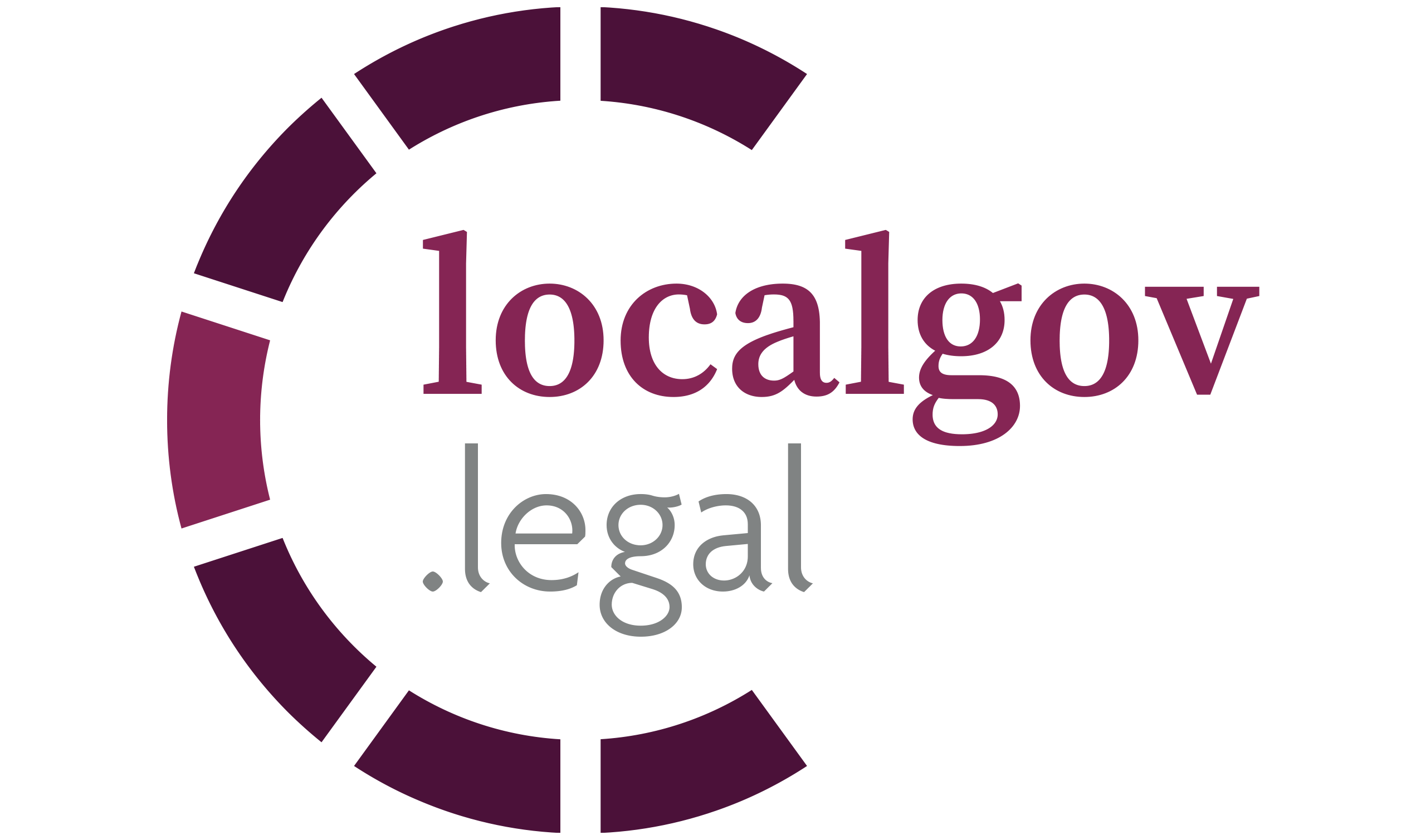Housing strategies used to be dry statutory documents full of facts and figures that few people paid attention to. Once there was no longer a statutory requirement to prepare a strategy, many councils stopped bothering with them.
But as housing pressures have grown over recent years, more councils are returning to housing strategy. In the past year, Campbell Tickell have supported authorities across the country with their strategies. All have placed major emphasis on obtaining genuine buy-in from residents.
Good quality housing is central to a council promoting a safe and thriving place for people to live, work and play. A strategy tells the story of how to build that positive future, using the community’s assets to welcome investment and provide a quality environment.
A realistic strategy starts with sound evidence – principally data on people, needs, land use – and then listening to what Members, officers (all departments, not just housing), stakeholders and partners have to say. This should be straightforward to obtain.
What is typically more difficult is getting interest from residents, especially underrepresented and vulnerable groups. It’s not enough to invite views from residents – you have to reach out to them, using a range of methods.
Here are examples:
- Officers across the council can help identify contacts in local user and community groups and learn where events are being held;
- Train local people to become community researchers to talk to residents;
- Surveys with QR codes, advertised on social media, hoardings, bus stops and flyers;
- Focus groups face to face with young people, care leavers, lived experience, older people, people with physical disabilities or learning disabilities, LGBTQIA, BAME communities;
- Webinars – not everyone wants to meet face to face, and it’s often easier to interact via social media;
- Attending existing communal events and meetings rather than housing strategy-specific meetings.
It is a truism that many residents are sceptical that anything they say will result in changes. So providing feedback to them post-consultation is crucial. This is an ideal lead-in to continue and develop broader dialogue with residents, which extends over time beyond the housing strategy to improving engagement in other areas too.
In related news:

















Leave a Reply